
The tool is designed to help with the application of mono-dose, dry eye eye drop vials more easily and accurately.

The tool is designed to help with the application of mono-dose, dry eye eye drop vials more easily and accurately.

New research reveals collagen mimetic peptides may effectively restore ocular tissue stiffness, offering hope for myopia and other eye diseases.

Ophthalmologists report high satisfaction with lifitegrast for dry eye treatment, noting rapid symptom relief and effective management in diverse patient populations.

A recent study reveals that ADHD in schoolchildren correlates with lower myopia prevalence and shorter eye length, suggesting intriguing links between vision and attention disorders.

The primary study outcomes were the cumulative incidence rate of myopia, with myopia defined as an SER −0.50 diopter (D) or less and the percentage of participants who had a fast myopic shift that was defined as a spherical equivalent myopic shift of 0.50 D or greater over the course of 1 year.

A study reveals that secondhand smoke significantly increases the risk of myopia in Chinese children, highlighting the need for smoke-free environments.
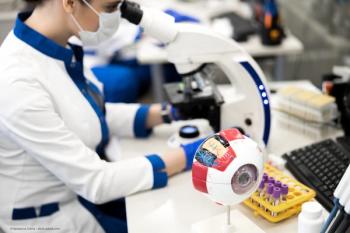
New clinical trials reveal PER-001 as a groundbreaking treatment for glaucoma and diabetic retinopathy, showing significant vision improvements and safety.
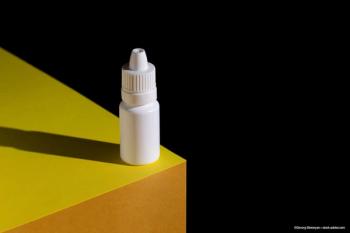

Contact lens users report high satisfaction with Biotrue Hydration Plus Solution, highlighting comfort and effectiveness during extensive wear and digital device use.
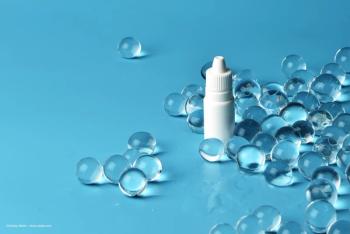
Lifitegrast 5.0% significantly improves clinical signs and biomarkers in dry eye disease, demonstrating effective results within 12 weeks of treatment.

Andrew E. Chan, OD, and Daisy Chan, OD, FAAO, discussed microplastic toxicity in the eye at Optometry's Meeting in Minneapolis, and focused on risks associated with long-term contact lens wear and topical therapies.

ST-100 shows promise as a fast-acting treatment for dry eye disease, offering rapid relief and unique collagen repair mechanisms.

A $2.5 million endowment establishes the Herbert Simon Chair in Glaucoma Research and Innovation, advancing treatments and research led by renowned glaucoma researcher Alon Harris, PhD, MS, FARVO.

A study reveals a genetic link between instant coffee consumption and increased risk of dry age-related macular degeneration, urging caution for high-risk individuals.

The study was an outgrowth of the phase 1 and 2 Ocular Hypertension Treatment Study (OHTS).
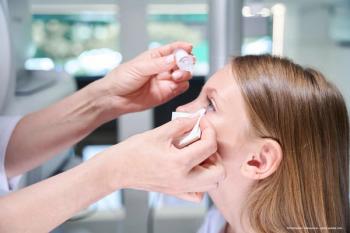
Increases in the doses of atropine were most common following the pandemic and especially among patients for whom therapy was initiated with the 0.01% dose.

The qVPT, a suprathreshold test comprised of 15 trials at 9 cycles per degree and 20% contrast, measures the patient’s response time to visual stimuli and the number of correct responses.
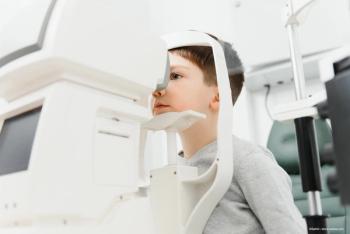
The investigators described the CASIA2 (Tomey Corporation) instrument, which is a new AS-OCT device with a swept-source laser wavelength of 1310 nm that can scan at a speed of 50,000 A-scan/second.
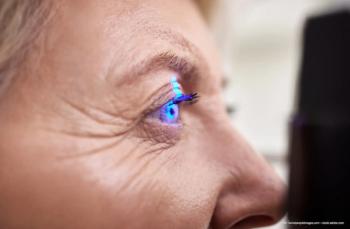
The results of an investigation into iRORA identified a wide spectrum of fundus autofluorescence patterns that corresponded with iRORA lesions and that those patterns were associated with conversion to cRORA over time.


BRS Analytical Service, LLC, an independent contract testing laboratory, initiated the recall because of possible concerns about product quality and safety linked to the manufacturing process. An FDA audit revealed serious manufacturing violations of Current Good Manufacturing Practice.

Investigators reported that the benefits of the training for patients with hemianopia, driven by improved blind-side scanning, lasted for more than a month.

Researchers performed enzyme-linked immunoassays (ELISAs) on orbital adipose tissue samples on a total of 22 participants.
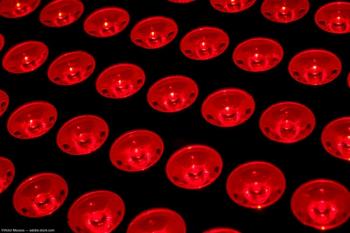
Researchers found that repeated therapy using low-level red light (RLRL) is a potential intervention to control myopia progression in children.



Good safety profile and “meaningful improvement” in vision in patient with Leber congenital amaurosis.

Methylphenidate is a central nervous system stimulant that is used to treat ADHD, a very common diagnosis in children in the US.

Management strategies for patients with ocular syphilis primarily involve antibiotic treatment achieved using high-dose intravenous or intramuscular penicillin.

Researchers assessed the costs to patients and caregivers in Germany, Bulgaria and the US.